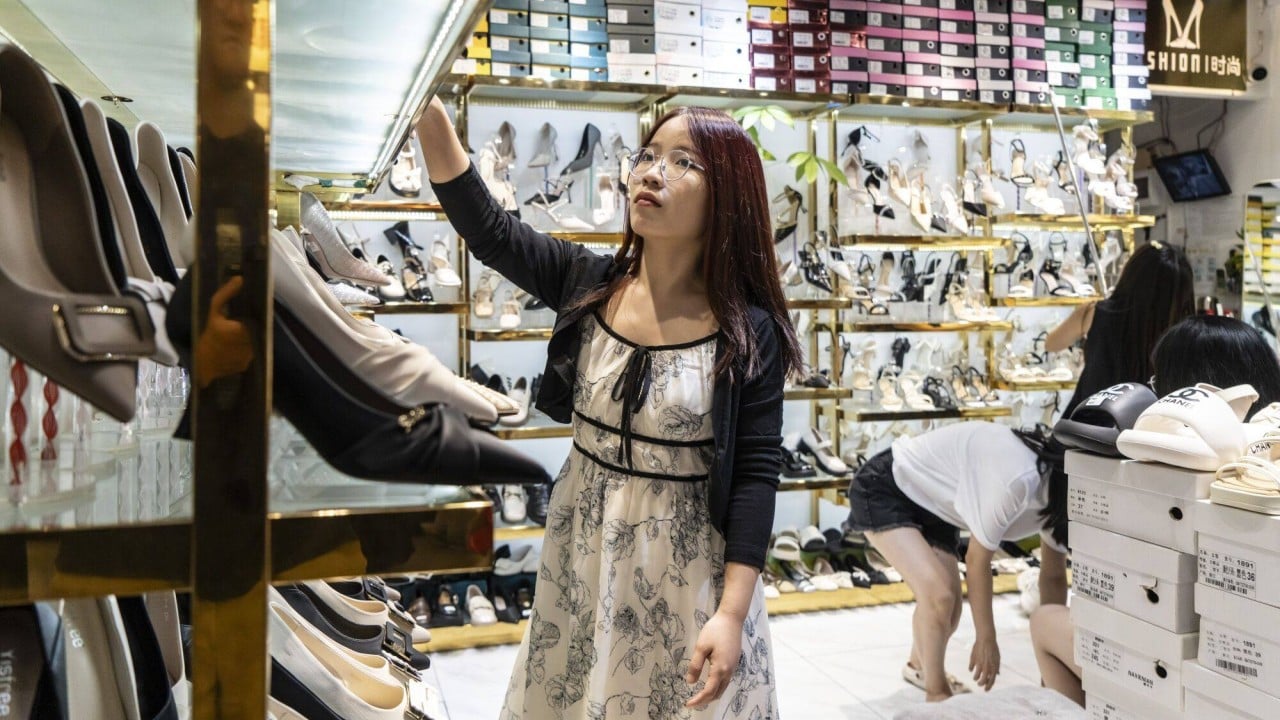China’s economic activity continues to drag in July as key indicators miss expectations


The reading fell short of a 3.06 per cent growth projected by economists polled by Chinese financial data provider Wind.
China’s overall fixed-asset investments, including major items such as infrastructure construction, manufacturing and property spending, rose by 3.6 per cent in the first seven months of the year, compared with a rise of 3.9 per cent in the first half of the year.
The reading was below Wind’s estimate of 3.88 per cent growth.
Elsewhere, China’s industrial output rose last month by 5.1 per cent from a year earlier, compared with 5.3 per cent of growth in June.
And the overall urban unemployment rate for July stood at 5.2 per cent, compared with 5 per cent a month earlier.
The world’s second-largest economy is experiencing an unbalanced recovery: robust exports have fuelled growth, yet domestic demand remains weak. Rising trade barriers, coupled with a 4.7 per cent economic growth in the second quarter, have fuelled market concerns about the momentum of China’s economic growth.
Meanwhile, recent data still pointed to weak domestic demand. July’s new yuan loans, an indicator for credit demand in China, fell to 260 billion yuan, according to data from the People’s Bank of China that also fell short of expectations of 450 billion yuan in a Reuters poll.
Total social financing in July was 770 billion yuan, mainly driven by government bonds, which amounted to 690 billion, according to PBOC data and calculations by the Post.
More to follow…
Source link



